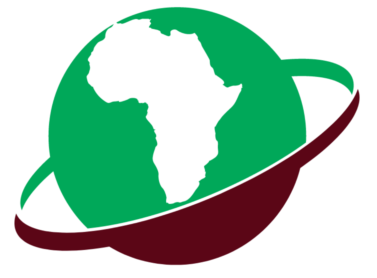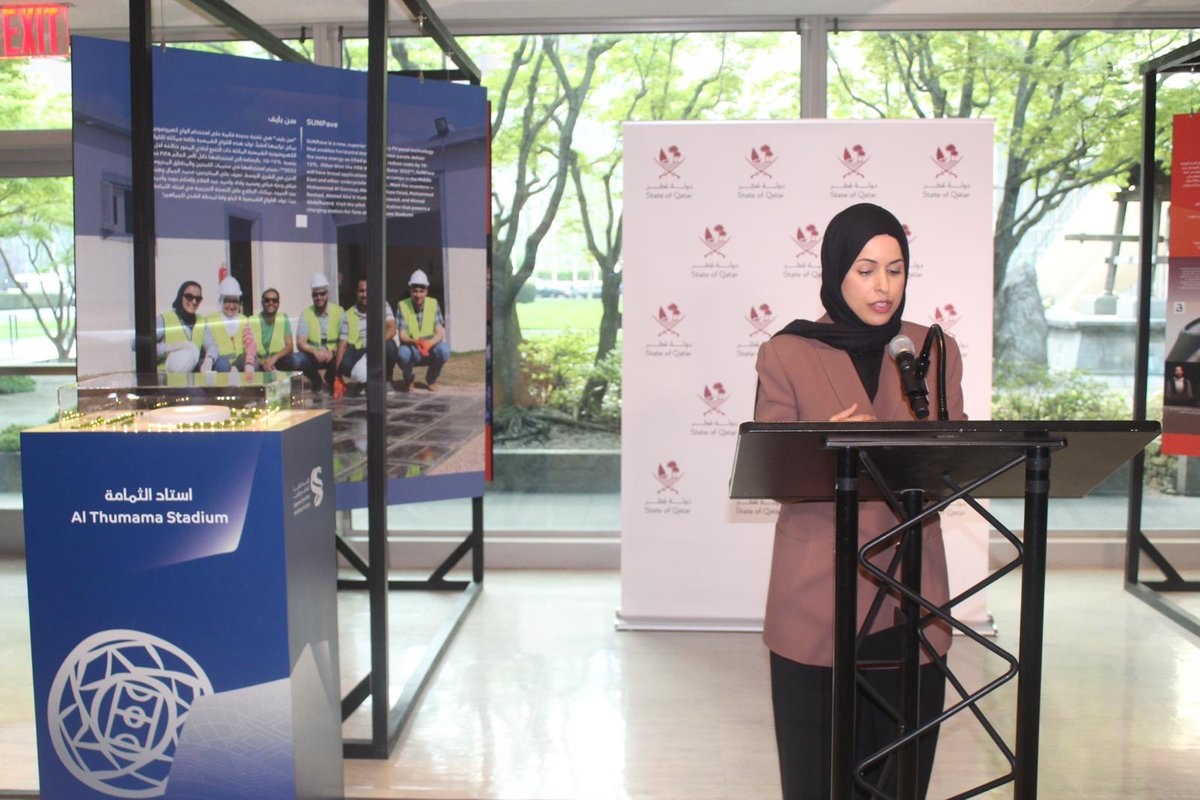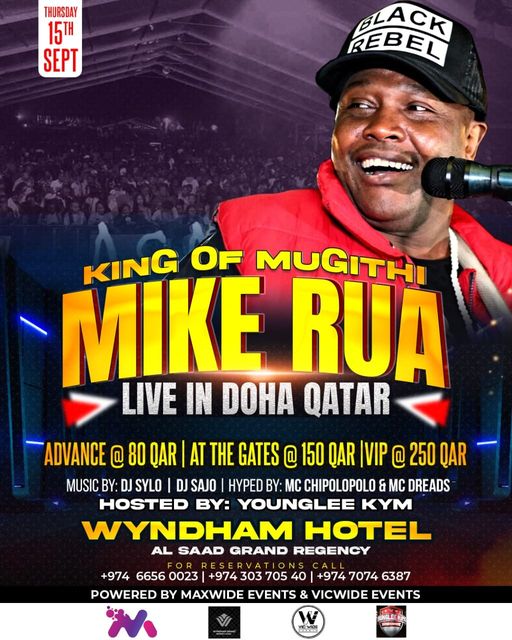[ad_1]
Overall global military expenditure concluded that the world’s spending passed $2 trillion for the first time.
Qatar’s military spending reached $11.6 billion last year, making it one of the top spenders in the Arab world, according to the Stockholm International Peace Research Institute (SIPRI).
SIPRI’s 2021 ‘Trends in World Military Expenditure’ report, looks at global military spending.
According to the report, Qatar’s military expenditure last year was 434% higher than what it was in 2010, the last time such data was released by the Gulf state. Qatar had spent 4.8% of its gross domestic product (GDP) on the military.
The Arab countries with the most military spending include Saudi Arabia at $55.6 billion, Kuwait at $9 billion and Oman at an estimated $5.8 billion. The research noted that Saudi Arabia fell from fourth-largest spender in 2020 to the eighth place last year.
“The decrease came amid reports that Saudi Arabia had begun to withdraw its military forces from Yemen, but the Saudi Arabian Government rejected the claims and stated that the troops were simply being redeployed,” said SIPRI.
Last year, a separate SIPRI report on arms sales found that Qatar’s imports saw a 361% increase from 2016 to 2020. The institute suggested the increase of arms transactions was possibly linked to heightened regional tensions at the time of the 2017 GCC crisis.
At the time, Saudi Arabia, Bahrain, the UAE and Egypt imposed an illegal air, land and sea blockade on Qatar.
Four out of the top 10 arms importers in the previous report were in the MENA region, including Saudi Arabia, Egypt, Qatar and the UAE.
Qatar’s military expansion
Qatar has been significantly expanding its military over the past ten years.
Qatar’s army including the Amiri Guard has reached 12,000 personnel, according to the International Institute for Strategic Studies’ ‘The Military Balance’ 2022 report.
Its navy reached 2,5000, comprising of coast guards, marine police, and coastal artillery. Meanwhile, the Qatari Air Force has 2,000 personnel, equipped with 53 combat capable aircrafts.
Qatar’s military expansion involves numerous deals with foreign countries, including the US, Turkey and France.
During the 2017 GCC crisis, Qatar signed a $6.2 billion contract with US plane maker Boeing to manufacture 36 F-15 fighter jets for its armed forces. Qatar received the first batch of the jets in August last year.
Those jets were part of a $21.1 billion deal that was signed by Qatar and the US for the former to purchase 72 F-15QA aircrafts.
Such deals come as part of Doha and Washington’s growing bilateral ties, with the Gulf state hosting the Al Udeid Air Base, the largest American military post in the region.
The military base hosts 11,000 American troops.
Qatar’s and America’s ties were strengthened earlier this year when US President Joe Biden designated Qatar as a major non-nato ally (MNNA). Despite this, there have been no updates on Qatar’s requests to purchase four MQ-9b Predator drones from the US.
Reports in 2020 stated that Qatar requested to purchase F-35 fighter jets from Lockheed Martin Co. No Qatari official commented on the alleged request.
Apart from the US, Qatar had signed a deal with France in 2017 to purchase 12 French-built Rafale fighter jets under $1.3 billion order. For years, France has been providing Qatar’s navy with electronic support for its warships through French aerospace company, Thales.
Significant global developments
SIPRI’s latest findings on overall global military expenditure concluded that the world’s spendings passed $2 trillion for the first time. This was also the seventh consecutive increase that the institute has reported.
“Even amid the economic fallout of the Covid-19 pandemic, world military spending hit record levels,” said Dr Diego Lopes da Silva, a Senior Researcher with SIPRI’s Military Expenditure and Arms Production Programme.
The US accounted for 38% of the global military spending, with its expenditure totaling $801 billion in 2021. The latest figures also show a 1.4 % drop from 2020. Last year, the US ended its 20-year invasion of Afghanistan, where it spent at least $2 trillion.
Washington spent $85 billion to support the Afghan National Security Forces, which were left behind after the Taliban took over Kabul on 15 August, 2021.
China spent an estimated $293 billion, making it the largest spender.
“China’s growing assertiveness in and around the South and the East China seas have become a major driver of military spending in countries such as Australia and Japan,” said SIPRI Senior Researcher Dr Nan Tian.
The Americas combined accounted for 42% of the spendings, followed by Asia and Oceania at 28%, Europe at 20%, the Middle East at an estimated 8.8%, and Africa with 1.9%.
In another notable development, Iran’s military budget increased for the first time in four years to $24.6 billion. Tehran’s funding for its para-military, the Islamic Revolutionary Guard Corps (IRGC), grew by 14% in comparison with 2020.
The (IRGC) spendings made up 34% of Iran’s total military spending. Last year saw several attacks on Iran’s key nuclear facilities, including its main nuclear enrichment site in Natanz.
Iran said Israel was behind those attacks given its attempts to disrupt talks in Vienna aimed at reviving the Joint Comprehensive Plan of Action (JCPOA).
Israel’s spending has also increased by 3.1%, reaching $24.3 billion. The report cited the increase over what it described as “ongoing military operations against Hamas and its growing concerns over Iran’s potential nuclear capabilities.”
[ad_2]
















Leave a Reply